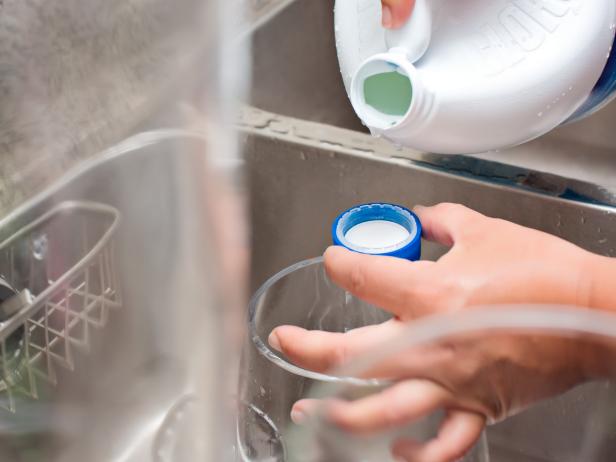
Bleach is a household staple known for its powerful cleaning and disinfecting properties. But have you ever wondered how bleach actually works and why it's so effective? In this post, we'll delve into the science behind bleach, explaining its chemical composition, how it disinfects, and why it remains a trusted cleaning agent in homes around the world.
Bleach, specifically sodium hypochlorite (NaOCl), is a chemical compound commonly used in household and industrial cleaning products. It is typically sold as a solution in water, with household bleach containing around 5-6% sodium hypochlorite.
The effectiveness of bleach comes from its ability to release chlorine. When bleach is dissolved in water, it breaks down into sodium (Na+), hypochlorite (OCl-), and water. The hypochlorite ion (OCl-) is the active ingredient that gives bleach its cleaning power.
When hypochlorite ion comes into contact with a stain or a germ, it undergoes a chemical reaction called oxidation. During this reaction, the hypochlorite ion releases oxygen atoms, which react with the molecules in the stain or the cell walls of the bacteria and viruses, effectively breaking them down.
Bleach is renowned for its disinfecting abilities. It can kill a wide range of bacteria, viruses, and fungi by breaking down their cell walls and disrupting their metabolic processes. Here’s how it works on a microscopic level:
While bleach is highly effective, it’s important to use it safely:
Understanding the science behind bleach helps us appreciate why it’s such a powerful cleaning agent. Its ability to oxidize and break down organic matter makes it an indispensable tool in maintaining a clean and healthy environment. Whether you're disinfecting your home, doing laundry, or tackling tough stains, bleach remains a go-to solution for effective cleaning and sanitation. So, next time you use Kick Bleach, you'll know exactly how it's working to keep your home spotless and germ-free.
© Kick Bleach. All Rights Reserved.
Designed by EdgeMark Media Africa